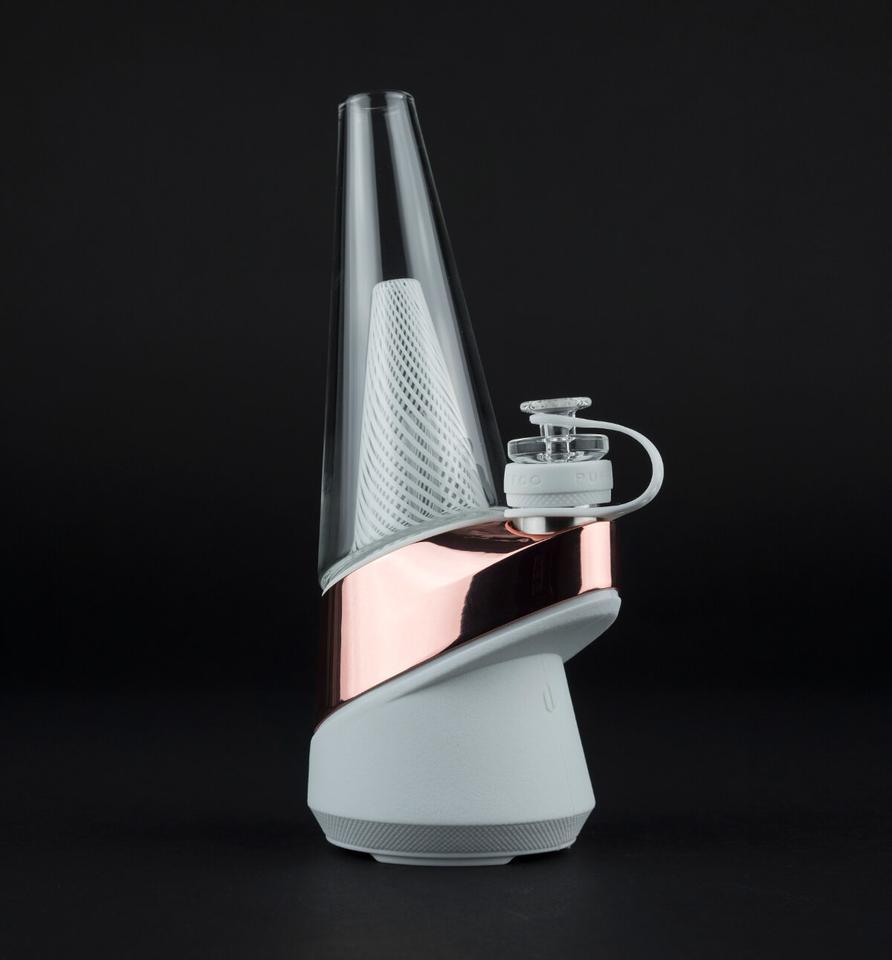

The control law provides the key connection between the linearized and original model. Utilizing this pattern, we design a generic feedback linearization control law for METANET model. While developing feedback linearization for METANET model, we discovered a pattern that describes the expansion of the control signals (ramp metering and variable speed limits) and disturbances effects through the highway networks. This research combines the feedback linearization method and linear MPC to simultaneously guarantee optimal performance and real-time feasibility. Thus, it facilitates further steps in the controller design. It can provide an exact linear representation of the original nonlinear system. Feedback linearization is a well-known approach in nonlinear systems control. The traffic flow model’s nonlinearity is the main reason for the complex optimization problems that consequently require high computational effort. This paper aims to develop a traffic control approach that provides an optimal real-time solution for large-scale highway networks. Importantly, more differentiated discussion on the impacts of automated vehicles on traffic flow is needed, considering also the practical implications, such as tradeoffs with safety goals, if benefits are to be achieved. While benefits are possible for equipped vehicles in low traffic, results suggest negative implications for throughput and emissions at higher traffic volumes. Concluding implications for real traffic from available data is challenging. Simulations with automated vehicle time gaps below 1.2 s have found throughput increases, but recent field experiments and simulations using commercial ACC vehicles indicate decreased traffic flow efficiency with increasing traffic volumes and penetration rates. Simulation studies have used different models and assumptions, narrow fleet compositions and road layouts, and covered the theoretical potential in ideal conditions rather than likely impacts in practice. Field studies have focused on equipped vehicles.

A conceptual framework showed the importance of understanding interactions between vehicles, both human‐driven and automated, but they are not yet sufficiently known and reproduced by traffic models. This study systematically reviewed literature on practical impacts of non‐connected automation of passenger cars on motorway traffic efficiency. Subsequently, flow capacities can be systematically adjusted in this network-wide mobility simulation to parameterize the influence of future infrastructure and vehicle technologies.ĭespite high expectations of driving automation improving road traffic, its practical implications on traffic flow and emissions are not yet definite. In a next step, these capacities will be transferred to a mesoscopic traffic simulation. To this end, the SUMO microscopic traffic simulation will be utilized to derive realistic flow capacities for signal-controlled intersections. 50 % AV and 50 % CV).The overall intent of this project is to provide an approach to determine system-wide and long-term effects of AVs from local microscopic observations. The minimum capacity is found for the uniform share of both vehicle types (i.e. In this case, the simulation results of the maximum traffic flow can be approximated by a third-order polynomial fit. In a second part of this analysis, a freeway section was simulated with the same varying shares of CV and AV to investigate free-flow traffic. Moreover, the simulation runs indicate that capacity at these intersections decreases almost linearly with a growing share of AV. For this purpose, all signal-controlled nodes in the traffic network of the Düsseldorf metropolitan area were systematically simulated and evaluated using the microscopic traffic simulation tool SUMO.The analysis shows that defensively parameterized AVs – as envisaged in the umbrella project of this research – may decrease the maximum possible traffic at signal-controlled intersections.

In this paper, we assess the effects of different shares of autonomous vehicles (AVs) on the traffic flow and, in particular, on the maximum possible capacity at signal-controlled intersections.


 0 kommentar(er)
0 kommentar(er)
